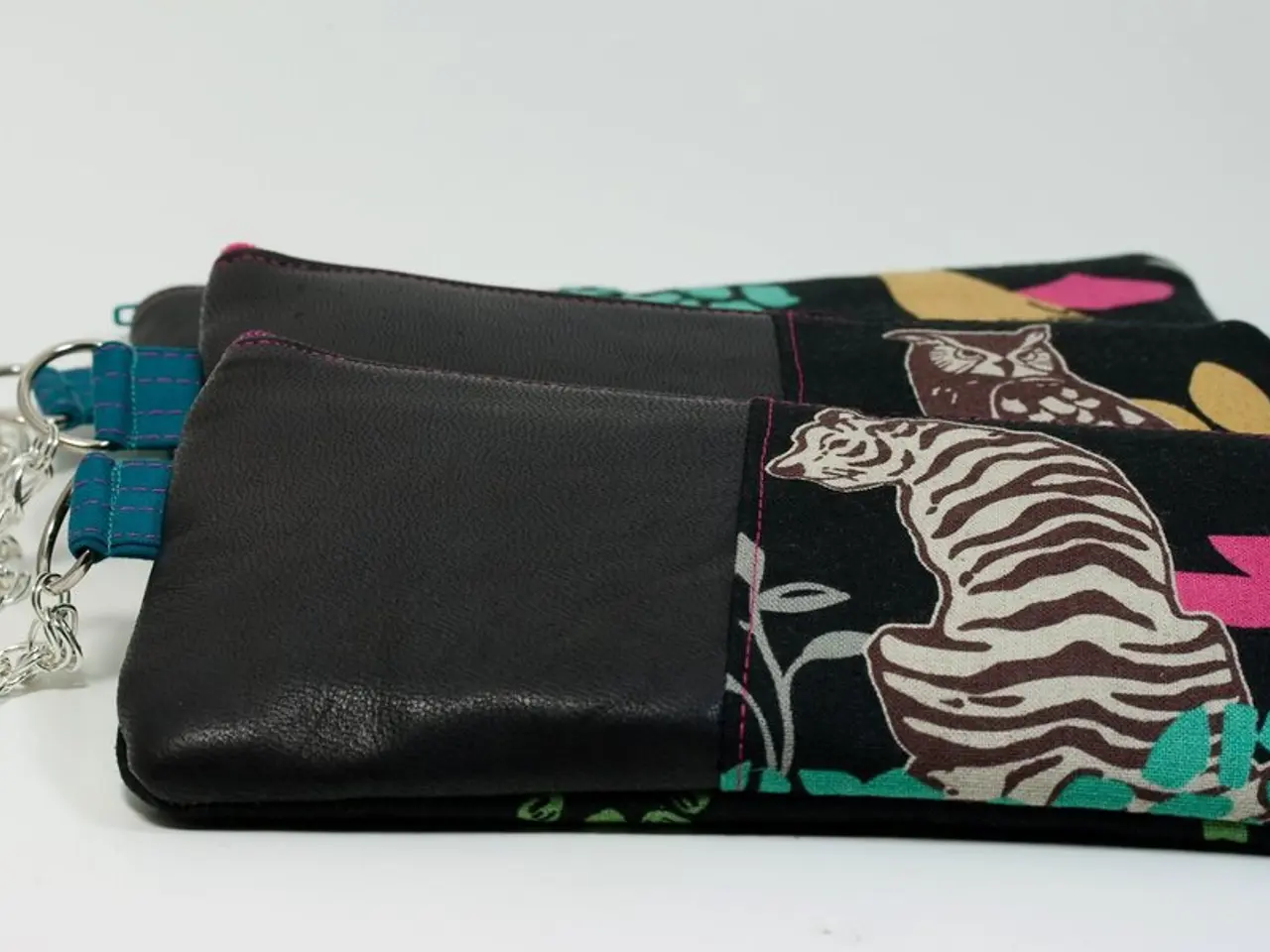High Corn Syrup Sweetener Industry Projected to Reach USD 11.2 Billion by 2034
High Fructose Corn Syrup (HFCS), a liquid sweetener derived from corn starch, remains a common ingredient in processed foods and beverages, particularly in North America. The U.S., with its robust agricultural policies and distribution networks, continues to lead the global HFCS market.
HFCS is favoured by manufacturers for its affordability, ease of blending in liquid form, and stability across various temperatures and pH levels. This versatility allows it to be used in a wide range of products, from cereals and snacks to sauces, baked goods, and dairy items like yogurt, flavoured milk, and ice cream.
The global HFCS market is projected to grow from USD 7.7 billion in 2024 to USD 11.2 billion by 2034, achieving a Compound Annual Growth Rate (CAGR) of 3.8% during the forecast period (2025-2034). According to recent projections, the market size is expected to reach approximately USD 8.1 billion by 2034, with a CAGR of around 4.3% from 2025 to 2034.
Variants such as HFCS-42 and HFCS-55, containing 42% and 55% fructose, respectively, enable manufacturers to tailor sweetness and product stability. HFCS-42 leads the market with a 57.2% share, driven by its widespread use in processed foods and beverages.
Offline channels dominate the HFCS market, reflecting the preference of food and beverage manufacturers for direct transactions with suppliers. The Food & Beverages sector commands a 68.8% share of the market, driven by strong demand for sweeteners in ready-to-eat meals, soft drinks, fruit juices, confectionery, and baked goods.
U.S. corn subsidies, totalling USD 3.2 billion in 2024, contribute to keeping HFCS competitively priced. However, some companies, such as AGRANA and Cargill, are focusing on developing alternatives to HFCS in response to health concerns and consumer demand.
Despite these developments, U.S. per capita HFCS consumption remains significant at 39.5 pounds annually. HFCS is valued in beverages in Canada and Mexico for its blending ease and shelf life. In soft drinks, especially HFCS 55, is preferred due to its high sweetness and liquid form.
The HFCS market in North America accounted for a 41.8% share and generated USD 3.2 billion in revenue in 2024. As industry dynamics continue to evolve, with major beverage companies reconsidering HFCS usage in favour of cane sugar, the long-term projections and domestic corn usage could be impacted. However, current projections still forecast moderate growth through 2034.
The affordability and versatility of High Fructose Corn Syrup (HFCS) make it a preferred choice for manufacturers in various finance-oriented businesses, such as the food-and-drink industry, leading to a significant share of its market in the U.S. and worldwide. As the demand for sweeteners persists and corn subsidies continue to keep HFCS competitively priced, the global HFCS market is expected to maintain moderate growth in the lifestyle sector for the foreseeable future.




